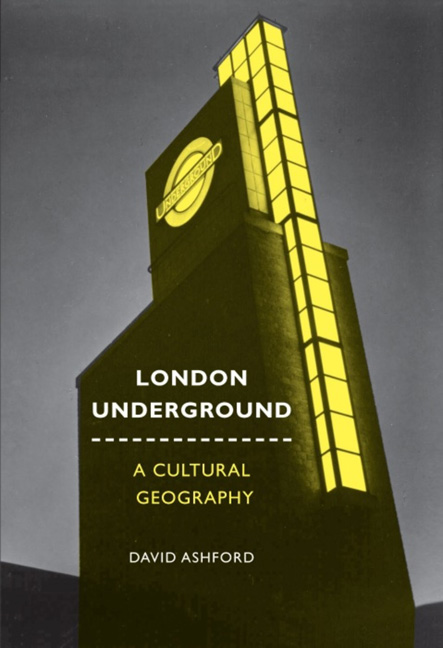Book contents
- Frontmatter
- Dedication
- Contents
- Acknowledgements
- Notes on Convention
- List of Illustrations
- The Book of the Machine: A User's Guide
- 1 Psychopathology of Modern Space
- 2 The Lord of the Dynamos
- 3 Blueprints for Babylon
- 4 Making a Home in Modernity
- 5 Christmas in Hell
- 6 Insurrection in Alphabet-City
- 7 The Ghost in the Machine
- Index
- Platesection
5 - Christmas in Hell
- Frontmatter
- Dedication
- Contents
- Acknowledgements
- Notes on Convention
- List of Illustrations
- The Book of the Machine: A User's Guide
- 1 Psychopathology of Modern Space
- 2 The Lord of the Dynamos
- 3 Blueprints for Babylon
- 4 Making a Home in Modernity
- 5 Christmas in Hell
- 6 Insurrection in Alphabet-City
- 7 The Ghost in the Machine
- Index
- Platesection
Summary
The pale children are asleep in the Underground, In the rabbit burrows, in the roots of goblin wood.
(Naomi Mitchison, ‘Siren Night’)The sleepers lie packed together making a continuous layer of bodies from one end of the platform to the other’, wrote Louis MacNeice in his ‘London Letter’ to America on 1 January 1941. ‘They sleep in a blaze of lights and their coloured blankets and patchwork quilts, their sandwiches and mouth-organs, give almost a Bank Holiday atmosphere…. Someone remarked to me that this was really Back to the Village, a revival of the archaic communal life in which the Tube station takes the place of the Village Hall.’
This is undoubtedly the impression of the wartime Tube that continues to hold the public imagination. In 1940, as the metropolis became a terrain of blackout, ruins and inferno, the London Underground underwent an astonishing alteration. The transport system that had consistently been represented over the course of the previous century as a space of abstract circulation – as the archetypal non-place – became home to thousands of Londoners overnight. As Leonard Woolf recalled, when the bombs fell, the London Underground was where one might experience most fully ‘the extraordinary blossoming of the sense of comradeship and good-will that settled upon us in London during the blitz’. A showcase for the morale of civilians under fire. A crucible for a new collective spirit. The bombs of 1940 were to transform the Tube into the very centrepiece of what Angus Calder has labelled the myth of the Blitz. ‘That civilian “morale” survived exposure to conditions often as frightful as those of battle’, explains Calder, ‘is what guarantees, mythically, that the British people, as a whole, deserved to save Europe and defeat Hitler’. Quoting Roland Barthes, Calder defines myth as the abolition of complexity: ‘it does away with all dialectics, with any going back beyond what is immediately visible, it organises a world which is … without depth, a world wide open and wallowing in the evident, it establishes a blissful clarity: things appear to mean something by themselves’. It does not matter if one later sees through the myth because ‘its action is assumed to be stronger that the rational explanations which may later belie it’.
- Type
- Chapter
- Information
- London UndergroundA Cultural Geography, pp. 115 - 134Publisher: Liverpool University PressPrint publication year: 2013

